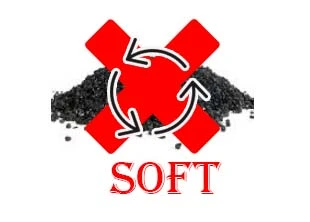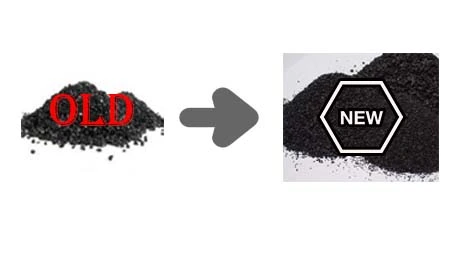Rules for Reusing Abrasives
Rules for Reusing Abrasives

One of the reasons people want to recycle abrasives is to save the cost of buying new abrasives, and the other reason is to reduce the negative impact on the environment. After recycling abrasives in the blasting cabinet, people can reuse them. Before reusing abrasives, there are some rules you need to consider.
1. Avoid recycling soft abrasives.
For the abrasive blasting cabinets that are designed for recycling, they are not suitable for softer abrasives like sand, slag, and sodium bicarbonate. These abrasives wear down easily and turn into dust during abrasion, and too much dust could clog the dust collector of the cabinet. Therefore, you should use harder abrasives for recycling.

2. Know the abrasives’ maximum impact velocity.
Maximum impact velocity is the speed abrasives hit the abraded object. Different abrasives have different maximum impact velocities. A softer abrasive normally has a slower maximum impact velocity than a harder abrasive. To avoid wearing down the blasting media too quickly and reducing the recycling rates, it is important to know the abrasive’s maximum impact velocity.
3. Know how to estimate the number of recycles.
Since external variables could affect the abrasive's life span, the recycling rates will change differently when people use different equipment and work on different projects. Therefore, if you are aware of the hours of blasting that have occurred, the number of abrasives in the blast cabinet, and the pounds-per-minute rate of abrasives through the blasting nozzles. You will be able to calculate approximately how many recycles have already occurred, and also guess how much more the rest of the abrasives can complete.
4. Choose a blast cabinet with a high-quality separator reclaimer.
If the blast cabinet has an ineffective separator reclaimer or does not have a separate reclaimer, the abrasives will collect dirt and dust. If this happens, the blast is inefficient and the part in the cabinet will be contaminated. Therefore, using the blast cabinet with a high-quality separator reclaimer could help to maximize the recycling rate.
5. Know when to change worn-down abrasives.
Using one abrasive for too long could also affect the blasting efficiency. So, it is important to change the old abrasives that are used for too long and are worn down and replace them with some new and fresh blasting media.

To sum up, the recycling rate depends on the hardness, the maximum impact velocity of the abrasive, and the quality of the separator reclaimer. In addition, learning to estimate the number of recycles and when to change worn-out abrasives could also help to increase the recycling rate.













